Cobots are becoming increasingly crucial in manufacturing. They handle various tasks, speeding up production. They work safely with people, thanks to their smart sensors and advanced technology.
What is a Cobot?
A Cobot, which stands for “Collaborative Robot,” is a unique type of robot made to work alongside people. They are made to be safe, simple to program, and adaptable. This makes them handy in various industries for tasks like assembling, packing, and quality control. Instead of replacing jobs, their design enables them to assist human workers, encouraging teamwork in the workplace.
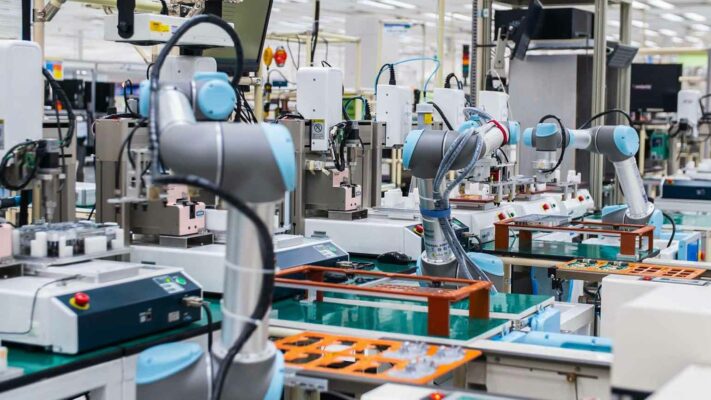
Operational Features:
1. Payload & Reach:
Cobots can usually lift about 25 kilograms and reach up to 1700mm. This flexibility helps them reach various workstations.
2. Connectivity & Integration:
They can connect with other robots and computer systems, making automation processes smoother and fitting well into manufacturing setups.
3. Smart Sensors:
Cobots have sensors that measure force and use lasers to work safely and accurately. They can adjust to changes in their surroundings.
4. Landmark Recognition:
They can spot landmarks, which makes scanning and analyzing objects easier without needing constant adjustments. This helps things work more efficiently.
5. Image Enhancement:
Cobots have tools that make pictures better, so you can see things clearly for studying and doing tasks.
6. Object Detection:
They can see and identify objects close by, which helps them make intelligent choices in how they interact with their surroundings and perform tasks.
7. Versatile Tool Attachments:
Cobots can easily change between different tools for various manufacturing tasks thanks to their versatile end tools.
8. In-Built Vision Systems:
Cobots come with their own vision systems to “see,” study visual information, and carry out user instructions, allowing them to handle complex tasks with ease.
9. Easy Programming:
Many cobots have easy-to-use interfaces that let them learn from demonstrations, reducing the requirement for in-depth programming knowledge.
10. Mobility & Safety:
Many cobots can move around without needing fences or barriers, which lets them work on the factory floor alongside human colleagues.
Safety Features:
1. Safe Design:
Cobots are built with light materials and rounded edges to lower the chance of harm if they accidentally touch a person, ensuring safe human interaction.
2. Speed Control:
Cobots can adjust their speed to avoid crashes and reduce the chance of causing harm to people.
3. Collision Sensors:
They have sensors that can spot possible collisions and stop right away to avoid accidents, ensuring a safer workplace.
4. Security:
Cobots use built-in sensors, flexibility, and current checks to prevent unauthorized access and ensure safety.
5. Smart & People-Friendly:
Cobots use smart sensors to adjust to their surroundings and work safely with people.
Tip: You can change lots of cobots to suit your needs and add them to your existing manufacturing systems with special accessories and tools. But remember, even though cobots are advanced, regular industrial robots have their unique strengths and uses too.
Conclusion:
Cobots play a big role in manufacturing because they come with lots of handy features. They can handle various tasks and do it safely alongside people, which is changing how stuff gets made. Manufacturers can use cobots and their high-tech tools to boost production speed, quality, and safety. If you’re curious about cobots, keep reading to learn more.
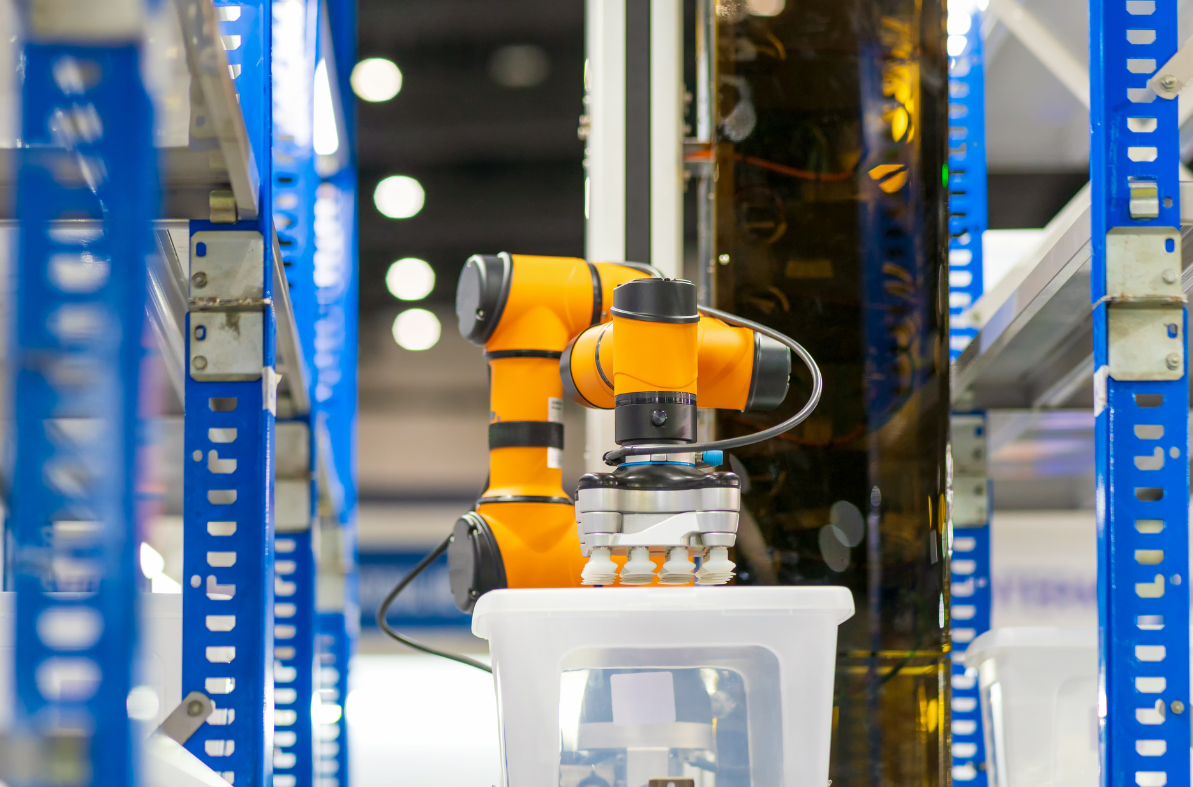
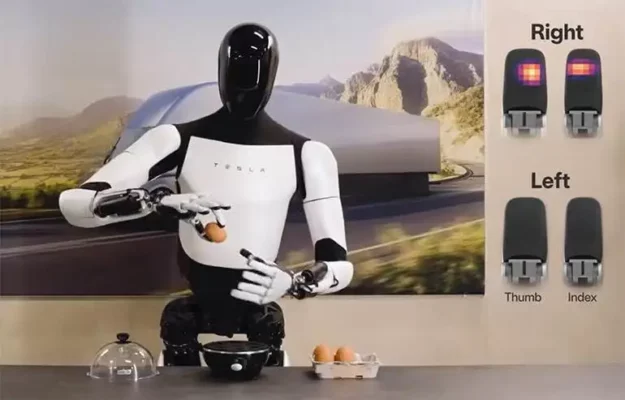
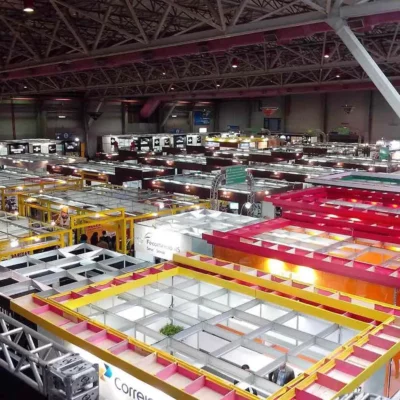
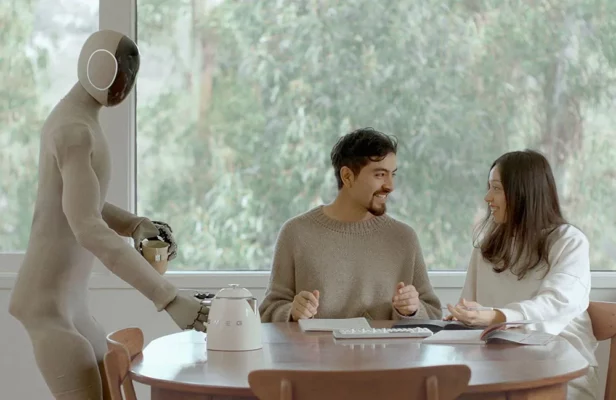
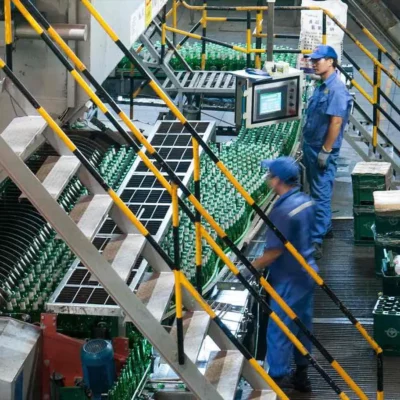
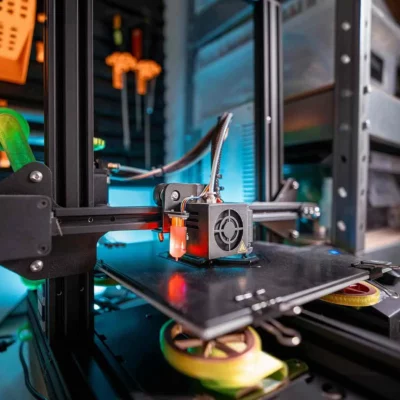

It’s actually a great and useful piece of info. I am glad that you shared this helpful information with us. Please keep us up to date like this. Thanks for sharing.